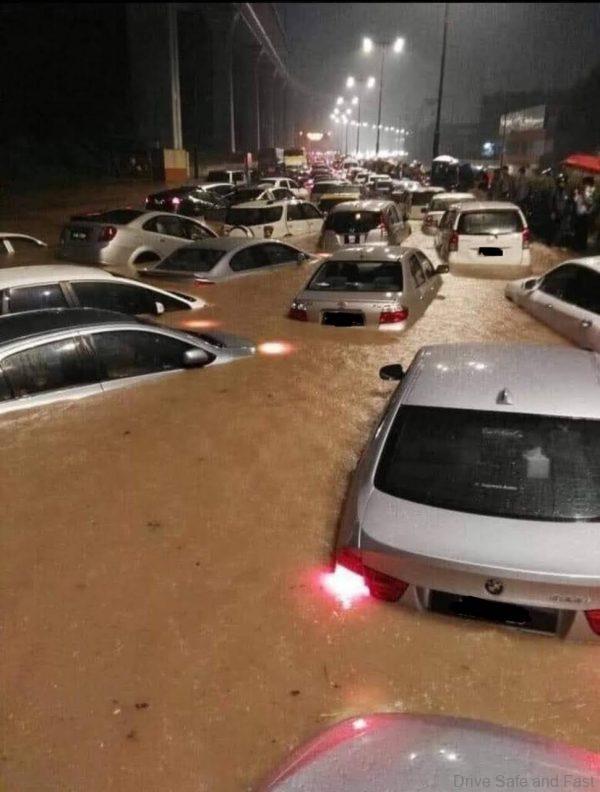What To Do With Your Flood Damaged Car
Many Malaysian car owners do not have flood insurance coverage
Yes, it has been raining non-stop around the country and the number of flood damaged vehicles is rising fast like flood waters. Many drivers are caught unaware of floods, especially when they are sitting in heavy traffic and the waters rise around them.

Here is some helpful information if your vehicle gets caught in a flash flood. Hope it helps as there is little else that can be done without costing you a large of amount of money to get your vehicle running again.
- First and most important thing is to not attempt to start your flood damaged car. Even if your car is still financed and has 1st party insurance you need to be cautious.
- Attempting to start your flood damaged car could damage it further (beyond repair).
- Check with your insurance company on what are your claim options. Most insurance companies will consider the car a total loss (damaged beyond economically-reasonable repair) if water reaches the top of the dashboard.
- Your insurance company will probably be ‘super’ busy with calls and claims, so it’s a good idea to start the process early.
- Start drying the interior. If water got inside the car, mold will grow quickly. Start by opening the doors and windows and putting towels on the floor to soak up water, but you should plan on replacing anything that got wet, including carpets, floor mats, door panels, seat padding and upholstery.

- Check your engine oil and the air filter. If you see droplets of water on the engine oil dipstick or the level of the oil is high, or if the air filter has water in it, do not attempt to start the engine. Have it towed to a mechanic to have the water cleared and all the fluids changed.
- Check all the other fluids. Fuel systems on newer cars are usually sealed, but older cars may need to have their fuel systems drained. Brake, clutch, power steering and coolant reservoirs should be checked for water contamination.
- Check all of the electrical systems. If the engine looks OK to start, check everything electrical: Headlights, turn signals, air conditioning, stereo, power locks, windows and seats, even the interior lights.
- Check around the wheels and tires. Before attempting to move the car, look for debris lodged around the wheels, brakes and underbody.
- Beware of flood-damaged replacements parts coming from car junkyards and scrap dealers.
Finally, if you are shopping for a used car in the next few months and there is a particular car going rather cheap in the used car lot, make sure you check for flood damage as many flood damaged car owners will try and sell their cars quickly before issues start cropping up